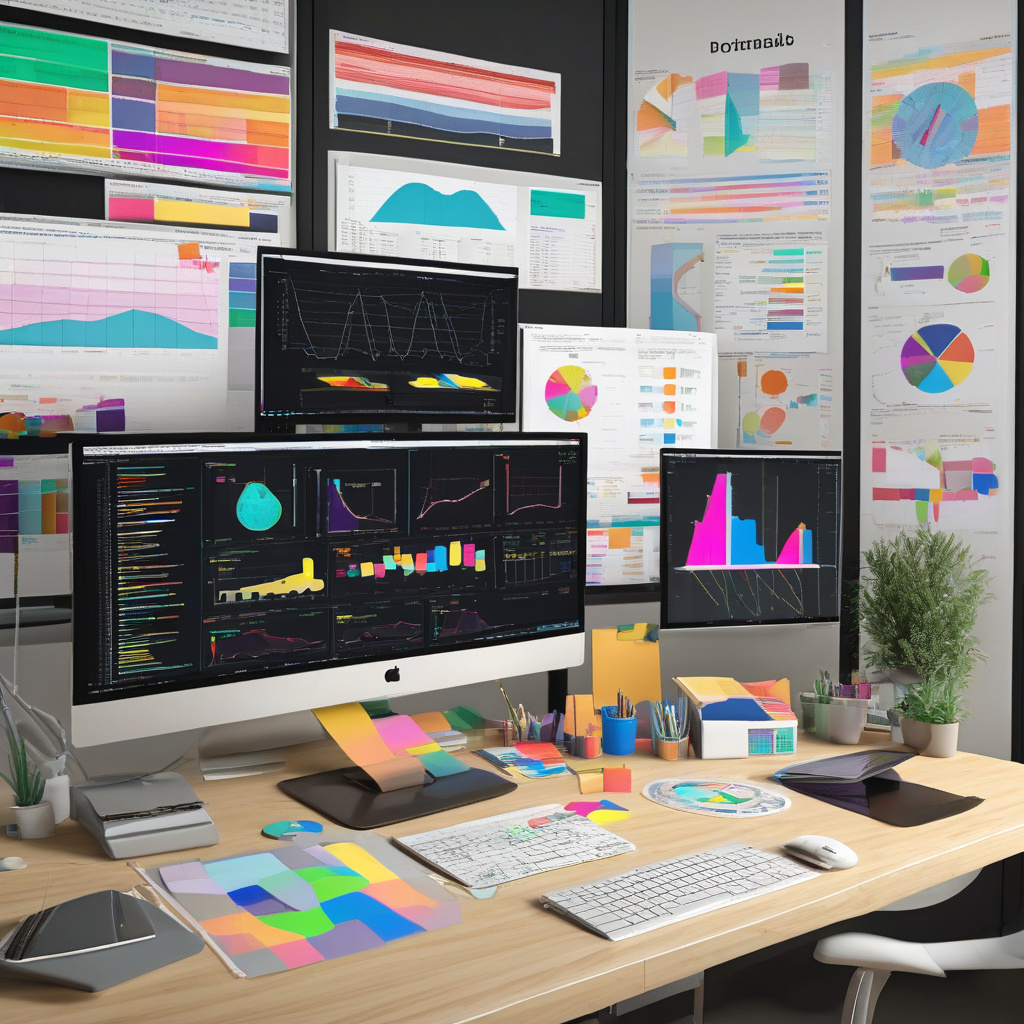In the realm of data science, the ability to effectively visualize data is paramount. It not only aids in understanding complex datasets but also facilitates the communication of insights to stakeholders. With a plethora of data visualization tools available, it can be daunting to select the most suitable ones for your needs. However, by focusing on five key tools—three Python libraries, JavaScript, and the R library—you can cover a wide range of data visualization requirements efficiently.
- Matplotlib:
– As a foundational plotting library for Python, Matplotlib offers a wide range of plotting options. From simple line charts to complex heatmaps, Matplotlib provides flexibility and customization options to create publication-quality visualizations. Its integration with Jupyter notebooks makes it a favorite among data scientists for exploratory data analysis.
- Seaborn:
– Built on top of Matplotlib, Seaborn specializes in creating attractive statistical graphics. It simplifies the process of generating informative visualizations such as violin plots, pair plots, and heatmaps. With its high-level interface, Seaborn enables data scientists to create compelling visualizations with minimal code.
- Plotly:
– Plotly is a versatile Python library that excels in interactive visualizations. Its integration with Jupyter notebooks and web applications allows for the creation of dynamic charts and dashboards. Plotly supports a wide range of chart types, including scatter plots, bar charts, and 3D visualizations, making it ideal for showcasing data interactively.
- D3.js:
– When it comes to web-based data visualization, D3.js stands out as a powerful JavaScript library. D3.js facilitates the creation of dynamic, interactive data visualizations for the web. Its capabilities extend to the manipulation of documents based on data, enabling the development of engaging visualizations that respond to user interactions seamlessly.
- ggplot2 (R):
– For data scientists working in R, ggplot2 is a go-to package for creating elegant and informative visualizations. Known for its grammar of graphics approach, ggplot2 allows users to build complex plots by combining simple components. With ggplot2, data scientists can effortlessly create visually appealing plots for exploratory analysis and presentations.
By leveraging these five data visualization tools—Matplotlib, Seaborn, Plotly, D3.js, and ggplot2—data scientists can tackle a wide array of visualization tasks effectively. Whether working in Python or R, these tools offer the versatility and functionality required to transform raw data into actionable insights. Embracing these tools not only enhances the data visualization process but also elevates the overall impact of data-driven decision-making in the field of data science.

